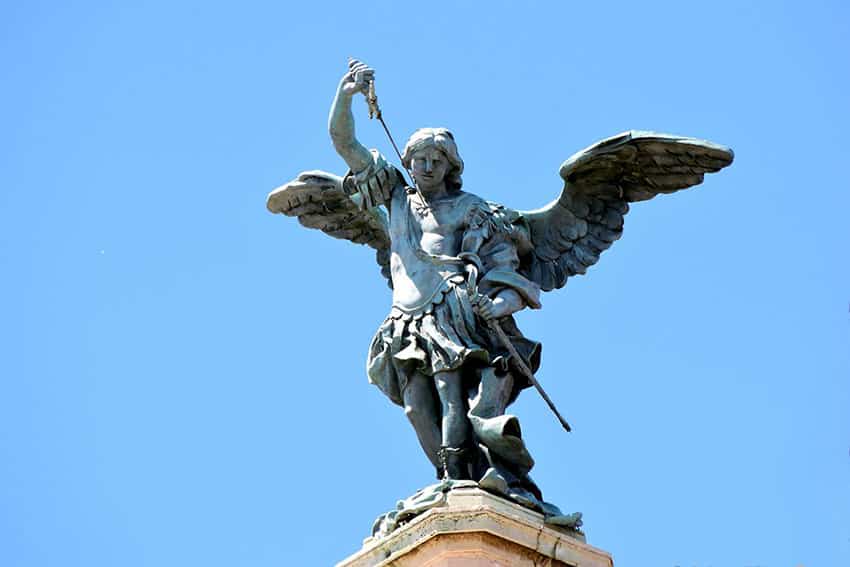
*By Greg Bondar
Our Christian identity has not changed because of this virus
I participated in my first on-line sermon on Sunday on Sunday 22 March in what may become ‘the church’ of the future.
As the Coronavirus shuts down churches and keeps us indoors for the indefinite future, we may be wondering what to do as Christians living amid plague. How should we live when we are self-isolating? No matter how severe the consequence of this disease or how severe the economic fallout, the Church is here on earth for one reason, taught to us by Christ: “You are the light of the world.” This identity doesn’t change despite the quarantines. Whenever the Church is affected by actions in the world, it can always ask: How can I be a light in this situation?
Christians are connected to the catholicity of the Church. They learn as they look back to its history. They are not individual communities, floating about without anchor or connection to those around the world or those in their past. They stand on traditions built over the centuries to help themselves live their life in the world as light. And while none of us may not know what this virus will do, we do know how God’s people have dealt with viruses before.
The Church will offer the spiritual response
If we look back and study the Church amid plague, we see much of what we are beginning to see now: innovative ways to serve those in need. We can ask ourselves how to walk in those same footsteps and have more than just a secular response. Social distancing is an understandable approach to stop the virus’ spread, as is self-isolation but while these solutions lay in the hands of medical and government officials, a spiritual response belongs to the Church.
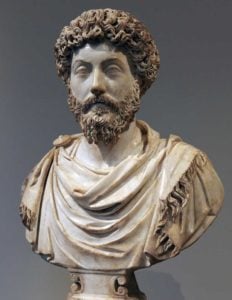
In the second century, during the reign of Emperor Marcus Aurelius, a plague that was most likely smallpox took place in the Roman Empire and killed millions. A second plague took place one hundred years later, from the year 250 to 260 AD. Historians believe it may have been measles. Both these plagues were characterised by Christian service and faith in the face of pagan fear.
The writings of St Cyprian of Carthage and St Dionysius of Alexandria, as well as the church historian Eusebius, testify to the fact that there was an expected attitude the Church should have in response to these diseases. We should not react in fear; we don’t retreat from the sick but serve them, even to our own peril; and we develop a spirit of fortitude and confidence in the providence of God.
They wrote of how, while many pagans fled the cities in order to escape, Christians moved into the cities in order to serve those who were dying. They won many converts. Today we see pastors and laypeople finding creative ways to serve their neighbours while maintaining a safe quarantine, as well as many doctors and nurses on the front line of the battle against COVID-19, serving the most vulnerable to their own peril. We can take comfort that in every age God provides people with the capacity to serve and bring order out of chaos.
The writings of St Cyprian of Carthage and St Dionysius of Alexandria, as well as the church historian Eusebius, testify to the fact that there was an expected attitude the Church should have in response to these diseases
The Great Plague of Emperor Justinian also afflicted the Roman Empire in the eastern Mediterranean from 540 to 542 AD. Justinian himself contracted the bacterial epidemic, though he survived. It’s thought that at least 50 million people died, though some historians estimate 100 million. One of the things the Church did, in addition to serving the sick, was to pray en masse for deliverance: churches were open for prayer, vigils were held, and masses were said on behalf of the Church.
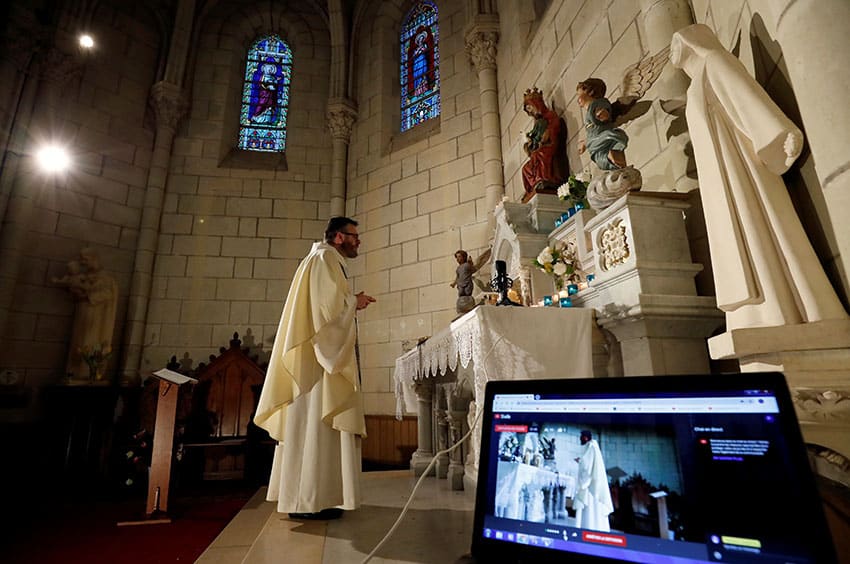
Today we see churches around the Global Anglican Communion putting together online prayer meetings and vigils. Protestants are holding prayer rallies online. Roman Catholic and Orthodox churches are doing the same. Perhaps there has never been a global movement of prayer as widespread and dedicated as COVID-19 has caused, especially given our technological capabilities.
Another encouragement to prayer comes from the Great Plague of Rome, during St Gregory the Great’s reign as pope. He was the papal ambassador to Constantinople until the year 590 AD, when he was elected bishop of Rome because of the death of his predecessor due to the plague. One of his first acts was to organise a public procession in response to the crisis. He divided the procession into seven groups: the clergy in one, monks in another, nuns in a third, married men in a fourth, married women in a fifth, widows in a sixth, and children, along with the poor, in the seventh group – interesting to say the least. They processed through Rome chanting, singing, praying, and following the cross as they asked the Lord to save the city.
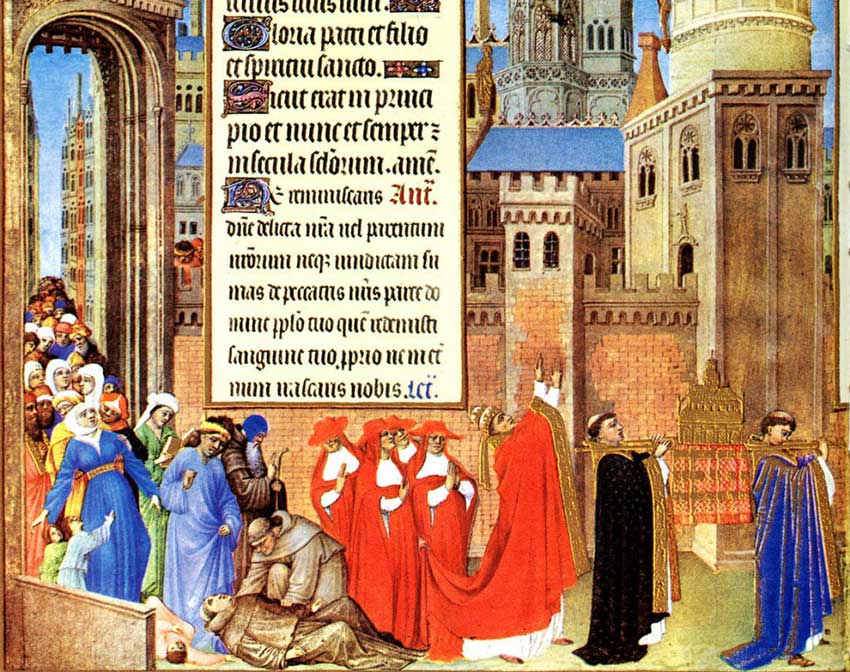
They converged at the Basilica of St Mary Major and continued their prayer vigil until a large group of worshippers claimed to share a vision of the Archangel Michael. He appeared over the city and sheathed his sword. After this the plague was said to stop, and to this day, a statue of Michael sheathing his sword stands in Rome as a commemoration of this event. The Church saw in this a response to prayer, calling on the name of Christ, asking for the forgiveness of their sins, and asking that the discipline of God would cease, and the spiritual enemies of the Church be restrained. So, while we now have a greater understanding of how viruses and bacteria spread, we can have our processions and vigils in a safer manner than those who did a thousand years ago: Online. Podcast. Email.
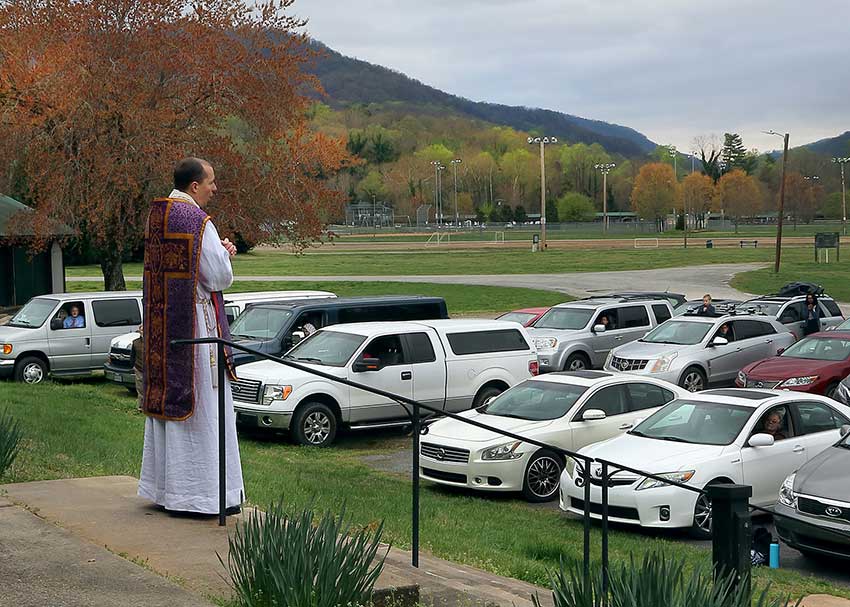
Already we are seeing signs of churches innovating to online platforms in order to encourage prayer despite the quarantine. Like our forefathers in the faith, we are seeing church members serving older neighbours who may be isolated, delivering food, phoning the lonely in their communities, and reconnecting with old friends for encouragement with the well-known phrase “Are you OK?” Many churches are also finding ways to conduct services, growth groups and prayer meetings and my Sunday experiences testifies to the success of this initiative.
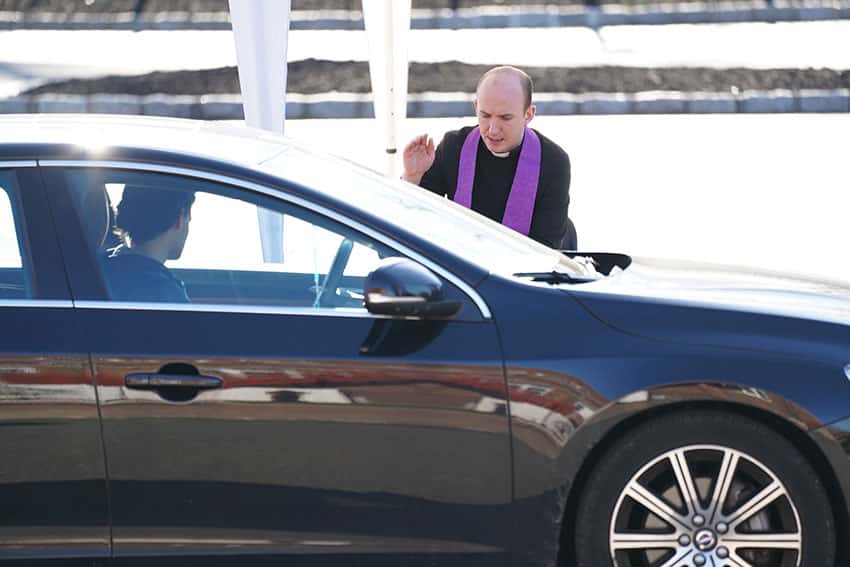
Some churches outside Australia are meeting outdoors, and some are even providing walk-up or drive-through Holy Communion after broadcasting their eucharistic services. In these moments, we are seeing the best of our people partnering with God to keep the Kingdom moving forward, even in uncertain times. We are joining with our spiritual fathers and mothers by being a light, pushing back the darkness one little act, one kind word, one prayer at a time.
Giving credit to the Apostle Paul from Romans 8, I am sure that neither death nor life, nor angels nor rulers, nor things present nor things to come, nor powers, nor height nor depth, nor anything else in all creation, including COVID-19, will be able to separate us from the love of God in Christ Jesus our Lord.
Related
*Greg Bondar is the NSW State Director of FamilyVoice Australia
